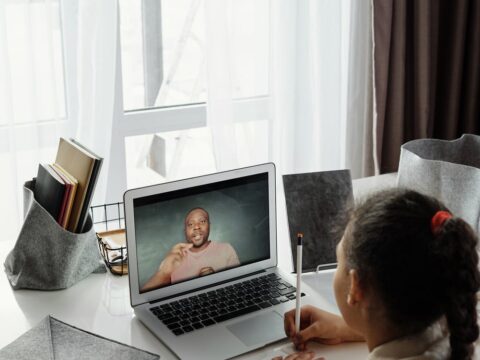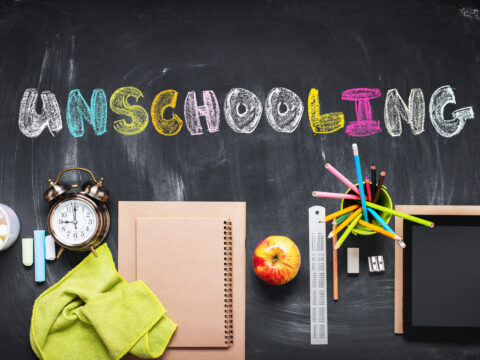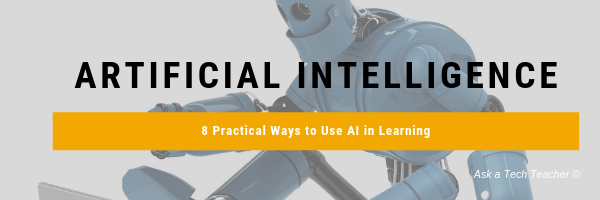There’s a lot of chatter about PBIS (Positive Behavioral Interventions and Supports) on educator forums I participate in. I don’t have direct experience with it so I jumped at the chance to share Middle School teacher Karessa Parish’s experiences. In this article, she explains what PBIS is, lessons learned rolling it out, and a tool called Hero that helped make it happen in her school:
 Studies show that students need a ratio of about five positive interactions to every negative. Up until a year and a half ago, our campus had this ratio all wrong. It seemed like we were giving five negatives for every positive. Our teachers were spending more time on a small percentage of the students who were having trouble or who were making trouble. We were spending 80 percent of our time focusing on 20 percent of our students, who were the ones with behavior issues. But that means 80 percent of our students were excellent and weren’t getting the recognition that they deserve. The result was that the vast majority of our students — students who were doing the right thing — were getting little positive attention from our faculty. We decided to refocus our attention to be intentional in recognizing positive everyday occurrences that had been overlooked for too long and we picked Hero to help us do this.
Studies show that students need a ratio of about five positive interactions to every negative. Up until a year and a half ago, our campus had this ratio all wrong. It seemed like we were giving five negatives for every positive. Our teachers were spending more time on a small percentage of the students who were having trouble or who were making trouble. We were spending 80 percent of our time focusing on 20 percent of our students, who were the ones with behavior issues. But that means 80 percent of our students were excellent and weren’t getting the recognition that they deserve. The result was that the vast majority of our students — students who were doing the right thing — were getting little positive attention from our faculty. We decided to refocus our attention to be intentional in recognizing positive everyday occurrences that had been overlooked for too long and we picked Hero to help us do this.
We wanted to flip the culture at our school. We had two objectives when we created our Positive Behavioral Interventions and Supports (PBIS) program and started using Hero:
- Motivate the students who weren’t following expectations
- Celebrate the kids who were doing what they were supposed to be doing
Hero helps teachers and administrators monitor all forms of student behavior, both good and bad. Using any web browser or an Android or iOS device, teachers and administrators can capture student behavior where and when it happens, keep accurate attendance records, and assign warnings and consequences (or rewards for positive behavior) automatically. We have customized the software with specific behaviors, incentives, and interventions. Our students can track how many points they have accumulated through the Hero app, and they can redeem their points in the school store. We have a variety of incentives ranging from mystery brown bags with three or four trinkets in them to earbuds and t-shirts. We also host parties like student vs. teacher basketball games, Powder Puff games and time on the athletic field with snow cones. These parties are hosted every six weeks that students can use their Hero points to attend.
Using this program helped our teachers to be intentional about giving positive feedback and recognition and during the transition, we learned that the power of positivity is quite amazing. When I am focused on and looking for positive things happening in my classroom, I become a more positive and pleasant teacher! And in fact, the energy that I put out into the classroom is the same energy that I receive back from my students. It’s a win-win.
We learned several lessons that can be helpful to any school moving to a PBIS program like Hero.
To get started, we first identified the key areas we wanted to improve such as getting to class on time, not loitering in the hallways, or being on task. Next, we asked a few students what to recognize. Students are great informants and including them in the decision-making process creates buy-in.
Be Clear About What You are Looking For
Always communicate the behaviors you are looking for and which behaviors will be reinforced. Announcing the behaviors at the beginning of class or a few seconds before tracking will increase participation level. Notice that your students are getting off task? Let them know, “In about 20 seconds I’m going to come around with Hero points for all the students that are in their seat and on task!” Boom! Most of your students, if not all, will probably be ready for you when you come by.
Tell Them When They’ve Done Well
Be immediate and be intentional and give students a chance to connect the positive action with the reward so they can feel good immediately. Always let students know when they are receiving a point. Some of our students are shocked when they find out how many points they’ve earned and they have no idea what they earned points for. This doesn’t help them learn and misses the chance for the teachable moment. Furthermore, it is too difficult to do a wrap up at the end of the day.
Use Established Routines
If you are having trouble reinforcing behavior by awarding points in real-time during class, think about times that are already part of your routine. Our teachers verbally communicate the learning objectives at the beginning of class and post them on the board. This is a great time to also communicate behavior expectations. Likewise, end class with a closing task or exit ticket and use this time to reinforce good behavior by awarding points.
My favorite time to give points is while I’m walking around the classroom checking for understanding. I scan IDs and praise students for being on task and working hard. Students love being scanned because it is a point of instant gratification. Even my least motivated student has their ID out waiting for me to come around when I’m going points.
Create Challenges and Games
Throughout a year, commitment wanes so use games and challenges to boost the effort. We tried a cell phone challenge where students place their phone in a bucket at the beginning of class and when they receive it back, they are awarded five Hero points. Participation skyrocketed when we made this a competition between classes.
Rely on Colleagues (or Students)
If you still need a Hero boost, ask a colleague to hold you accountable. Perhaps just you and one other teacher can compete with the loser buying lunch! Or do you need reminders to give points? Post a sign on your door or in your classroom, or ask a student to remind you. Students will always remind you!
At the end of the day, make your Hero points meaningful! Identify those specific positive behaviors you want to target, communicate them with your students, get excited about it, and practice! The more you do it, the more natural it will become and will blend right into your classroom routines. Your positive energy and consistency will pay off! Remember, PBIS works best when it’s school-wide. It takes all teachers and administrators working together and being consistent to make PBIS and a Hero program as meaningful and successful as it can be.
About the Author:
Karessa Parish is currently a Robotics Teacher & Campus PBIS Coordinator at Cedar Creek Middle School in Cedar Creek, Texas. She’s originally from San Antonio and taught grades 5-8 for 10 years. She is a 2-time Innovation in Teaching (IT) award recipient and was teacher of the year in 2016-2017.
Jacqui Murray has been teaching K-18 technology for 30 years. She is the editor/author of over a hundred tech ed resources including a K-8 technology curriculum, K-8 keyboard curriculum, K-8 Digital Citizenship curriculum. She is an adjunct professor in tech ed, CSG Master Teacher, webmaster for four blogs, an Amazon Vine Voice reviewer, CAEP reviewer, CSTA presentation reviewer, freelance journalist on tech ed topics, and a weekly contributor to TeachHUB. You can find her resources at Structured Learning. Read Jacqui’s tech thriller series, To Hunt a Sub and Twenty-four Days





































5 thoughts on “Positive focus; Positive behaviors”
Comments are closed.